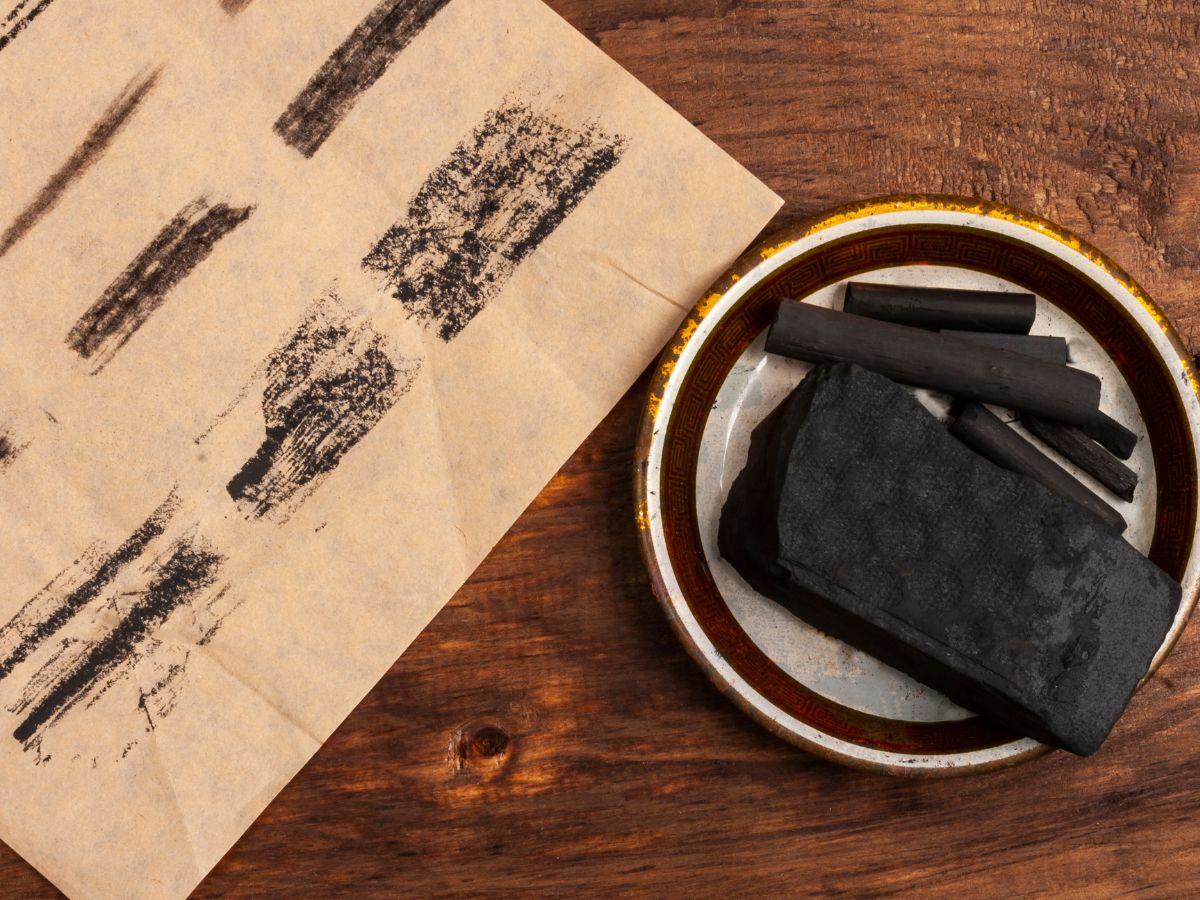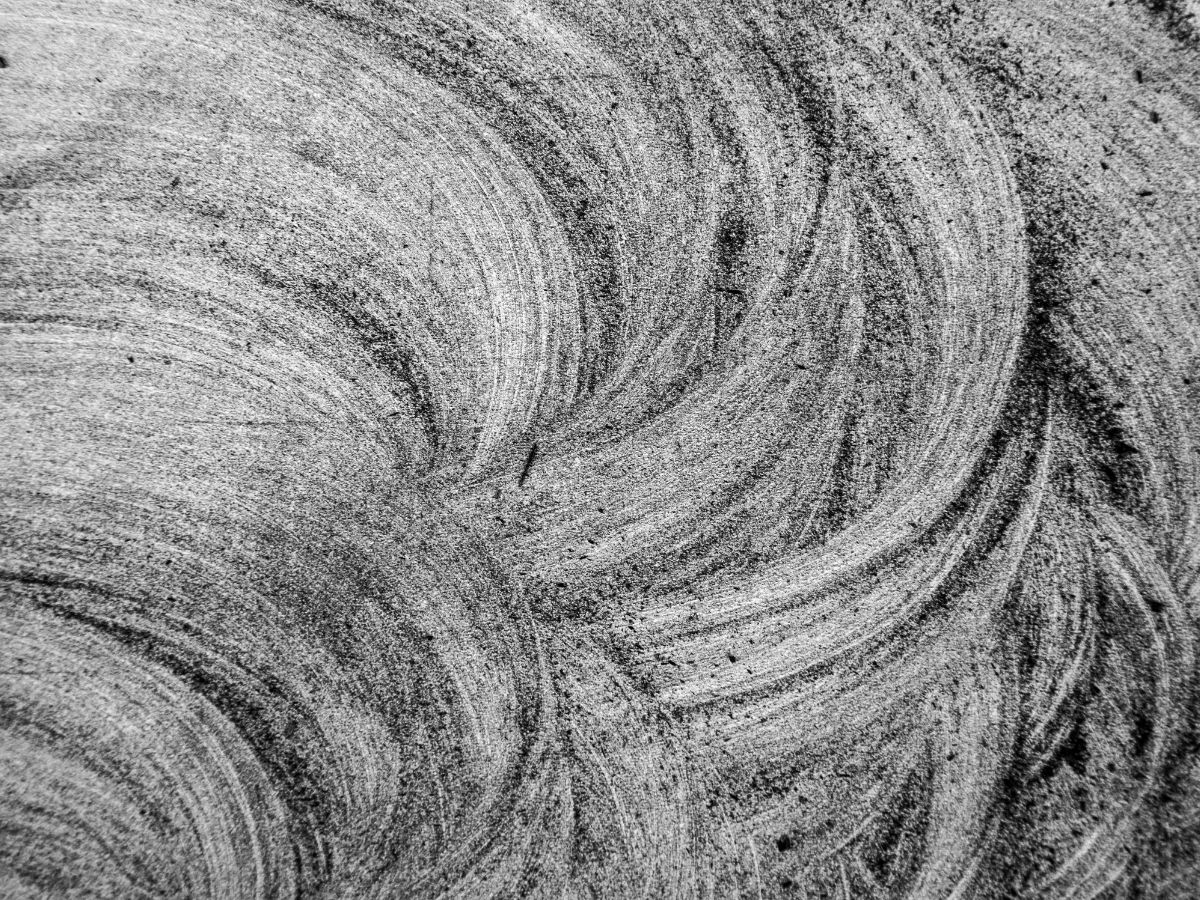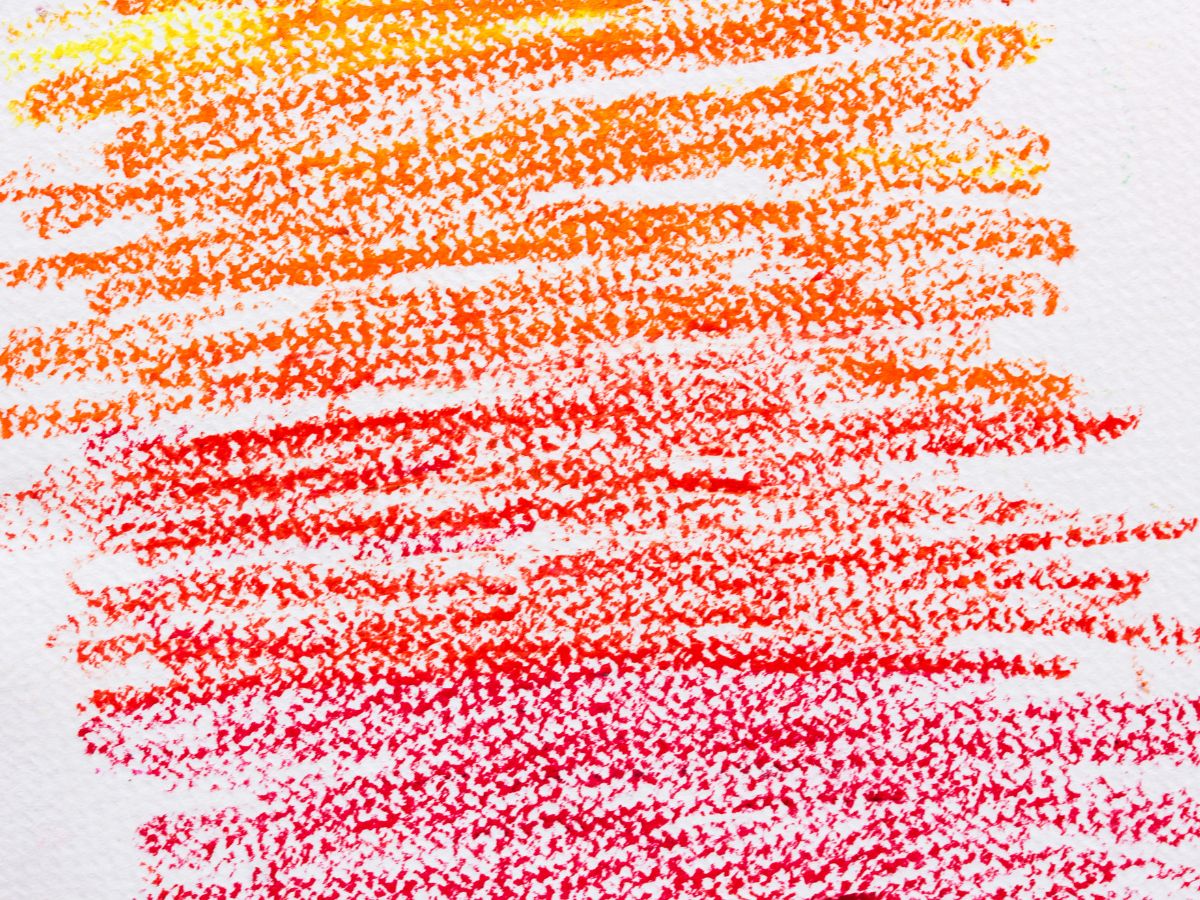
What Is Frottage?
Ever get stuck staring at a blank page or canvas, unsure of where to start? Frottage might just be the spark you need. Many artists love this technique for its spontaneity, subtle surprises, and hands-on simplicity. Let’s explore what frottage is, where it comes from, and how it can light up your creative process.
What Is Frottage?
Frottage, from the French word frotter (“to rub”), is simply the act of placing paper over a textured surface and rubbing it with a pencil, charcoal, crayon, or similar tool to capture the underlying pattern. While straightforward, it strikes a beautiful balance between control and chance, something artists love.
Surrealist artist Max Ernst popularized frottage in the 1920s. He discovered it by rubbing paper over worn floorboards, uncovering patterns that resembled dreamscapes or strange creatures. He leaned into the randomness, using those textures as springboards for drawings or collages.
Since then, the technique’s sense of mystery and raw visual texture has inspired artists like Roland Penrose, Henri Michaux, and Joseph Beuys. It’s been shown in major exhibitions and remains a favorite among experimental and mixed media creators.
Why It Works in a Contemporary Studio
1. Fast and exploratory. It’s quick to make multiple rubbings from everyday textures like tiles, wood grain, fabrics. It’s a low-stakes way to generate intriguing surface marks.
2. Built-in composition. The unexpected patterns guide further decisions for drawing, collage, or painting so your content flows naturally.
3. Texture-rich. Frottage is perfect for mixed media artists who want organic texture without complex layering. Plus, you can layer multiple rubbings for collage or abstract blends.
Quick How-To: Start with Frottage Today
- Find textured surfaces such as floorboards, leaves, textured wallpaper, coin ridges.
- Lay a sheet of thin paper over the surface.
- Use graphite, charcoal, pastel, or even soft crayon. Hold it lightly and rub over the texture.
- Rotate or overlap sections for layered patterns. Let the frottage guide your next move. Embrace what the texture suggests and build from there.
Why Lecturers and Hobbyists Should Try It
For lecturers, frottage is fantastic in demos. It’s fast, visual, and magical to watch. Hobbyists find enjoyment in seeing textures come alive. It reminds us art can be playful, not precious. Beginner and seasoned artists alike benefit from the visual surprise and creative freedom it offers.

